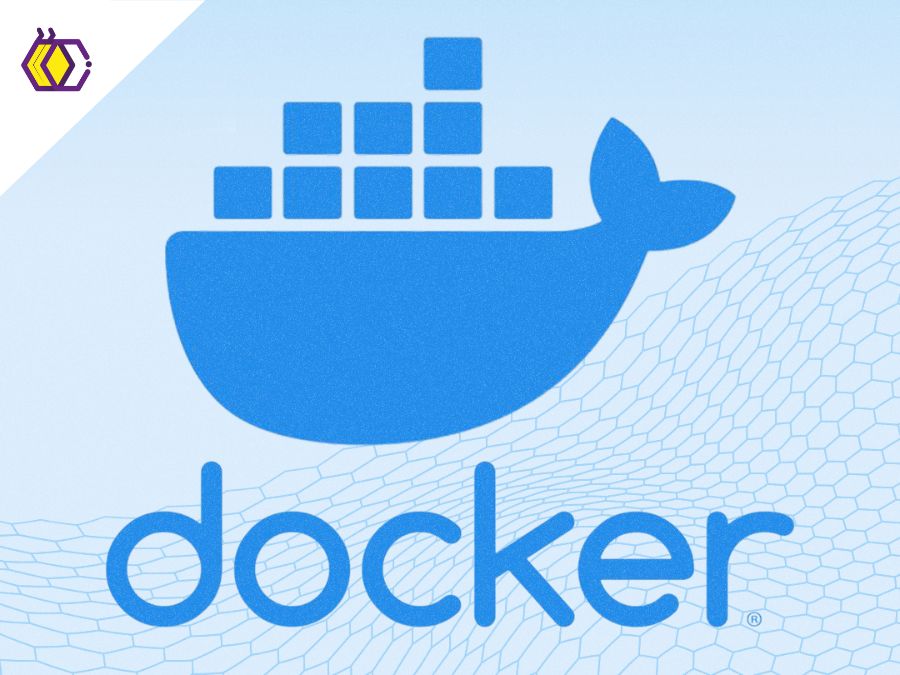

Docker
(7 minutes of reading) In recent years, Docker has become a buzzword in the tech industry. But what exactly is Docker and how does it work? In today's text we will explore the fundamentals of Docker and how it can help developers and organizations to simplify their processes. Come check out everything about Docker right now! WHAT IS DOCKER? Docker is an open-source platform that allows software developers to build, deploy and run applications in an independent environment. Docker has become a popular tool for developers because of its ability to provide a lightweight, secure, and isolated environment for applications. The software helps eliminate the need for developers to spend time setting up their own servers or creating complicated virtual machines. Docker is made up of several components, including a server, runtime engine, image repository, and command line interface (CLI). The server runs the Docker engine that manages all images and containers. Images are created from existing application code and deployed as read-only templates, while containers are isolated environments that keep applications running. The CLI allows users to interact with the Docker instance by providing commands such as build, run, or stop on an image or container. DOCKER x VIRTUAL MACHINE: WHAT'S THE DIFFERENCE? Docker and virtual machines are two popular tools for deploying and managing applications. But what are the differences between these two technologies? A virtual machine (VM) is an emulation of a specific computer system, allowing users to install multiple operating systems (OS) on a physical server or host. All VMs are completely isolated from each other, which means changes made to one won't affect the others. Additionally, VMs can provide full hardware and operating system support for applications, making them ideal for larger projects that require specific configurations. In comparison, Docker is a container-based technology that allows users to bundle an application and its dependencies into a single container image. Unlike VMs, Docker containers share the same operating system kernel as the host system, reducing resource usage and providing more flexibility regarding hardware requirements. HOW DOES DOCKER WORK? Docker is a powerful and popular platform for running containerized software applications. The software relies on Linux kernel functionality to provide its users with a virtual environment to develop, deploy and manage applications. With Docker, developers can create packages known as "containers" that contain all the necessary dependencies for an application to run independently and reliably on different operating systems. Docker utilizes two key components of the Linux kernel – cGroups and namespaces – to achieve its goal of providing flexibility and independence. cGroups limit the resources used by each container, ensuring that a container does not consume too many resources or affect other containers running simultaneously on the same server. Namespaces isolate each container from one another so that they can run without interfering with or affecting other containers or processes running on the same machine. KNOW THE DIFFERENCES BETWEEN DOCKER AND LINUX CONTAINERS Containers have become a popular way to package and deploy applications. In the world of containers, two technologies stand out: Docker and Linux containers (LXC). Both provide similar services – virtualization and lightweight resource management – but differ in important ways. Docker technology is based on LXC but has been tweaked to make it easier to use and more flexible. The platform was also designed with modern web development needs in mind, making it ideal for developers who need to rapidly build, deploy, and scale their applications. Docker containers are self-contained environments that include everything an application needs to run successfully, from libraries and dependencies to configuration files. On the other hand, traditional Linux containers (LXC) are more focused on system administration tasks like virtualizing servers or running multiple operating systems on one machine. WHAT ARE THE ADVANTAGES OF DOCKER CONTAINERS? Docker Containers can provide several benefits over traditional virtualization methods, such as improved scalability and resource consumption. These advantages have made them the clear choice for many projects, from small-scale web applications to large, enterprise-grade architectures. But after all, what are the advantages of Docker Containers? Check it out here. 1) LAYERS AND IMAGE VERSION CONTROL Layers and image versioning are two essential concepts for operating Docker containers. Docker containers use layers, which are a series of images or files that make up a single image. These layers can be used to quickly run or copy existing images and give users the ability to create new images with their own set of parameters. One advantage of using layers is that it allows for quick and easy version control when creating images. This means that changes can be easily made to an existing image without having to start from scratch, allowing developers to quickly modify their work without having to redo all the configuration required for a complete container build. Also, since layers are isolated from each other, any changes made to one layer will not affect another layer unless otherwise specified. 2) REVERSAL The advantages of reverting to a previous version of Docker containers have become increasingly apparent to agile development teams. Rollback is an essential part of the CI/CD pipeline and can be used to quickly identify, diagnose, and fix problems with applications. When you revert to a previous version of Docker containers, it allows you to undo any changes you made or configurations that went wrong. The layers these different versions contain will help you track down any issues much faster, allowing your team to get back to working on the app instead of wasting time trying to find the root cause. Having access to the layers also provides information about individual commits in each layer, guiding teams in identifying which components are causing problems in their software. 3) QUICK DEPLOYMENT Rapid Deployment is a modern and efficient way to rapidly deploy new hardware. With rapid deployment, the process of enabling new services can be as easy as creating a container for each service that needs to be deployed. By using Docker containers, companies can now launch multiple services in minutes instead of days or weeks. The advantages of using Docker containers for rapid deployment are vast. For example, a container can contain all the software components needed for a specific service, making the entire system easier to manage. Additionally, deploying multiple services in this way allows companies to save time and money by reducing the labor costs associated with manually configuring individual servers or virtual machines. Finally, with rapid deployment, you can also test new technologies without having to invest in additional hardware upfront, as you can always delete the container after testing is complete. What did you think of our article? Be sure to follow us on social media and follow our blog to stay up to date!
Share this article on your social networks:
Rate this article:
[yasr_visitor_votes size=”medium”]



